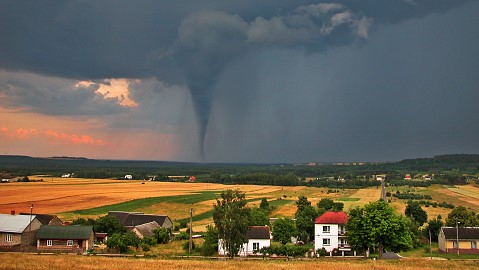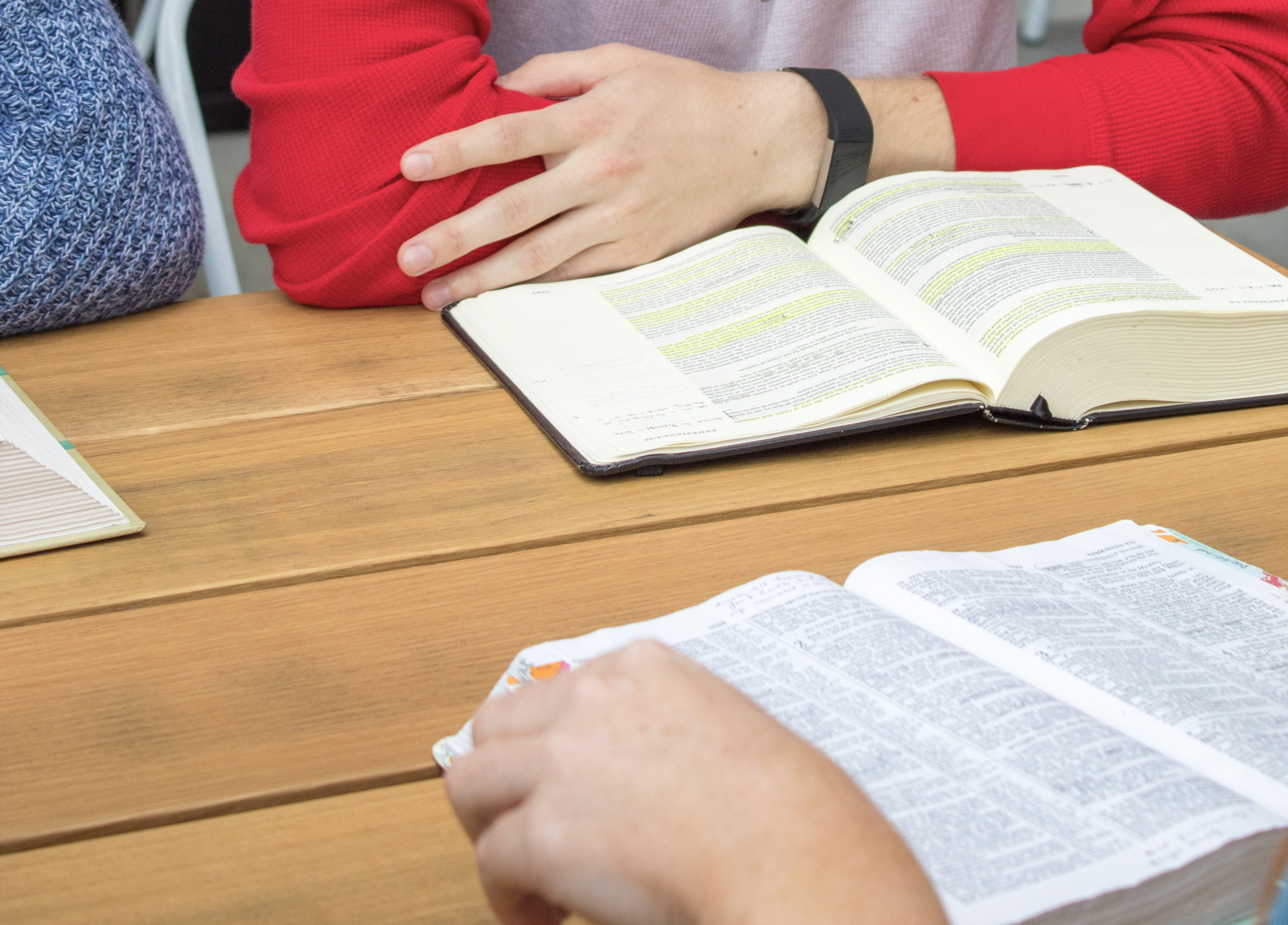Many international students and visitors to the United States are fearful of tornadoes. If you live in the Central and Eastern United States, it is essential to prepare well. But it is not necessary to worry or fear. It is very rare and unusual that a tornado will affect you. But because tornadoes are very destructive and dangerous, it is important to be prepared. Tornado season is from March through September in the Central/Eastern US.
Preparation means being informed. Because of the danger of tornadoes, the National Oceanic and Atmospheric Administration (NOAA) has developed a prediction model and public statements to help keep us safe.
A Tornado Watch means the conditions are favorable for the formation of tornadoes. A Tornado Watch is issued for a period of time, say 5 pm until 11 pm, for a certain area, usually given by the counties of a state.
For example:
“A Tornado Watch has been issued by the Storm Prediction Center for the counties of Riley, Geary, Dickinson, Saline in Kansas from 5 pm until 11 pm, Central Standard Time, May 18, 2017. Conditions are favorable for the development of severe storms which might produce damaging winds, hail, and possibly tornadoes. Monitor local stations and be prepared to take shelter.”
A Tornado Warning is very serious and if you hear this warning issued to the public, it means a tornado has been confirmed. The National Weather Service (NWS—a local division of NOAA) issues a Tornado Warning only if there is verifiable evidence of an actual tornado. A Tornado Warning will appear or be heard similar to this:
“A Tornado Warning has been issued by the NWS for southern Riley County in Northeast Kansas until 6:30 pm. This includes the city of Manhattan. At 5:48 pm a tornado was indicated by radar to be 15 miles West of Junction City, KS and headed Northeast at 20mph. Residents of Junction City, Ogden, and Manhattan should take shelter immediately. This is a Tornado Warning take shelter immediately.”
If you hear a Tornado Warning for your city or county:
- Immediately take shelter in the lowest floor of the building you are in.
- Do not go outside to look for it.
- If you cannot get to a place that is underground, like a basement, go to an inner hallway (on the lowest floor), away from windows and lie flat on the floor. Cover your head with a blanket, pillow, coat, or anything to protect your head.
- If you cannot get to a hallway away from windows, get into a bathtub and cover yourself with a mattress. Or lie face down in the bathtub.
Many cities and towns have tornado warning sirens which sound when a tornado is approaching. These sirens will sound similar to police and fire truck sirens, except they are much louder and will not fade away. Many cities will ‘test’ their tornado sirens the first Monday of every month. Listen for this so you know it’s sound.
Preparation tips:
- Know the name of the county you are living in.
- Know an internet weather site, local television station, or local radio station where you can get information from. Local is better.
- Monitor weather information frequently.
- Know where the lowest level in the building is, or find the tornado shelter sign. (many modern buildings have a ‘Tornado Shelter’ room)



